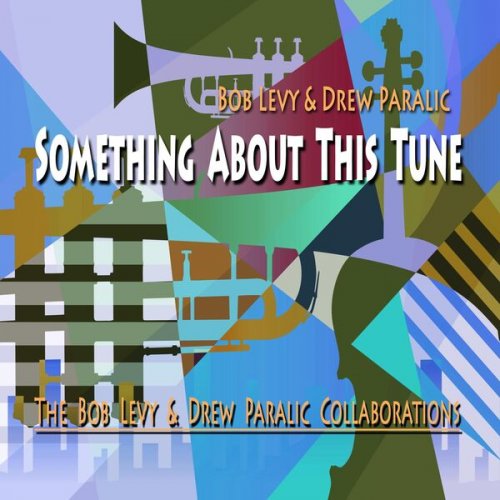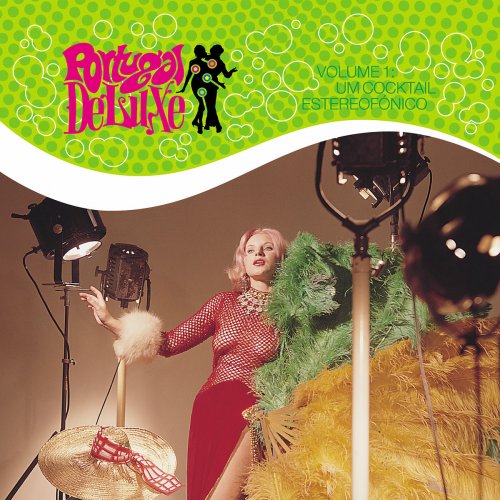01. Piano Sonata No.1 in F Minor, Op. 2: I. Allegro
02. Piano Sonata No.1 in F Minor, Op. 2: II. Adagio
03. Piano Sonata No.1 in F Minor, Op. 2: III. Menuetto - Allegretto
04. Piano Sonata No.1 in F Minor, Op. 2: IV. Prestissimo
05. Piano Sonata No.2 in A Major, Op. 2: I. Allegro vivace
06. Piano Sonata No.2 in A Major, Op. 2: II. Largo appassionato
07. Piano Sonata No.2 in A Major, Op. 2: III. Scherzo - Allegretto
08. Piano Sonata No.2 in A Major, Op. 2: IV. Rondo. Grazioso
09. Piano Sonata No.3 in C Major, Op. 2: I. Allegro con brio
10. Piano Sonata No.3 in C Major, Op. 2: II. Adagio
11. Piano Sonata No.3 in C Major, Op. 2: III. Scherzo - Allegro
12. Piano Sonata No.3 in C Major, Op. 2: IV. Allegro assai
Beethoven wrote 32 Piano Sonatas. This is common knowledge for musicians and music lovers. But this commonplace of music history and musicology needs some qualification, since, in fact, Beethoven wrote more than 32 Sonatas. The three Sonatas recorded here have opus number 2, following immediately the first officially recognized publication by the young Beethoven, i.e. his Piano Trios op. 1. And, in the normal numbering of his Sonatas, they are listed as nos. 1, 2, and 3. In spite of this, they were neither the first Sonatas composed by the German musician, nor even his first publication in this genre.
Already in 1783, when Beethoven was barely thirteen, he had three Sonatas (allegedly composed at eleven!) issued by Bossler, a publisher in Speyer; they are listed in his catalogue as WoO 047 (whereby WoO stands for “works without opus number”). In spite of their composer’s extremely young age, they bear witness to his mastery of the form and of the pianistic language. A review appeared on a prestigious journal, the Magazin für Musik of Carl Friedrich Cramer, spoke of the “noteworthy work of a young genius”. It should be said that the reviewer was not entirely objective, since he was Beethoven’s teacher, Christian Gottlob Neefe, who was probably slightly prejudiced in his favour. However, undeniably these works are impressive in their combination of freshness and maturity.
Three more Sonatas precede those of op. 2; they were written between 1788 and 1792, i.e. in Beethoven’s late teens. One of them unfortunately is lost; the other two, numbered WoO 50 and 51, were published posthumously (and partly completed by Ries), but are worth knowing and playing.
But Beethoven’s life was to change suddenly when he moved to Vienna. His German patrons had provided him with scholarships and funding for studying in what was already the musical capital of Europe, and had wished him to receive Mozart’s spirit from Haydn’s hands. Beethoven did study with Haydn for approximately one year, but he was far from satisfied with Haydn’s teaching. This may be surprising, since we know Haydn’s immense musical genius and also his gentleness and kindness. However, we may possibly understand that the two musicians were too distant from each other both in terms of age and, especially, in terms of temperament. Haydn was an extremely refined composer and a court gentleman; although his music is full of energy and irony, these are of a very different kind from those we may imagine young Beethoven to have had. He had a revolutionary’s temperament; his early works (but also many of his mature masterpieces) are full of abrupt musical shocks, at times employed for fun, at times for tragedy. The famous Beethoven fp, i.e. the sudden fall in dynamics (volume) is by no means a “refined” trait; it is highly expressive and cannot fail to impress the listener, but it is the musical equivalent of a missed step, of a punch in the stomach, or of a slammed door.
Thus, when Beethoven, at 25, began to circulate his new Piano Sonatas, unavoidably they had to be heard and evaluated by his teacher Haydn. The audition allegedly took place in Prince Lichnowsky’s Palace, where Beethoven himself played them. When the time came for the set of three Sonatas to be published by Artaria, one of the most prestigious companies at that epoch, Haydn would have wished to see his name on the title-page, in his capacity as Beethoven’s teacher and mentor. But, typically, Beethoven did not comply, on the ground that he had “received nothing from Haydn”. In spite of this, he did mention Haydn but only as the dedicatee of these works. This move was not particularly appreciated by the elderly master, who allegedly dismissed Beethoven’s work by stating that the young man was still in need of some teaching: he “did not lack genius, but had to receive further instruction”.
In fact, Beethoven had already demonstrated, and was demonstrating with this set, that he was musically ambitious and aimed at saying a word of his own with his music. These Sonatas are groundbreaking under a number of viewpoints. Already by looking at them superficially, a striking aspect is their structure in four movements. This was by no means unheard-of, but also not very common; in particular, neither Mozart nor Haydn – i.e. the two major composers of keyboard Sonatas in contemporaneous Vienna – had systematically employed this model.
Furthermore, both Mozart and Haydn had conceived their Sonatas for music lovers rather than professionals. In Mozart’s case, the utmost pianistic virtuosity one can find in his works is typical for his Concertos, rather than for his Sonatas (although this by no means downplays their extraordinary beauty and refinement).
Beethoven was obviously not dismissive of amateurs – a publication intended solely for professionals would have sold very little – but, at the same time, he already displayed an attitude which would characterize his later years in an even more pronounced fashion. This attitude is famously summarized by what may be an apocryphal dictum, but, even if it is not original, it corresponds particularly well to his mind. Allegedly, when Schuppanzigh complained with him that the violin part of Beethoven’s quartets was too difficult to play, the composer responded: “Do you think I worry about your lousy fiddle when the spirit speaks to me?”. In much the same fashion, technical difficulty (or awkwardness) was never a problem when Beethoven thought that it served his musical inspiration. In the case of his Sonatas op. 2, furthermore, technical virtuosity was not only a means for musical purposes, but also (partly) an end in itself. Beethoven was presenting himself on the musical scene not only as a young genius composer, but also as a piano virtuoso; and, just as Mozart had done with his Concertos and their virtuoso passages, Beethoven deliberately interspersed these early Sonatas with complex and brilliant passages showcasing his technical prowess. This is most evident in the third, and greatest, of these Sonatas, but also the other two are far from shy under this viewpoint.
In all but one case (i.e. in the case of his op. 12 Violin Sonatas), when Beethoven published a triptych of similar works, one of them was in a minor key, and frequently it was charged with the most intense expressive content and the most dramatic style. In the trilogy recorded here, we do have a work in a minor key (Sonata no. 1 in F minor), but it is not the most impressive of the three.
A curious trait of this first Sonata is that none of its four movements is set in a key other than F (minor or major). Its opening theme has been frequently likened to two famous works by Mozart, i.e. the finale of his G-minor Symphony KV 550, and the first movement of his C-minor Sonata KV 457. Although the similarity is undeniable, it is also not extremely significant, since – in the end – an arpeggio on the notes of an ascending minor triad is not a very original idea (see also C. Ph. Emanuel Bach’s F-minor Sonata, in his third series). What is original, in both Mozart’s and Beethoven’s case, is the handling of this simple material, which gives birth to grandly conceived movements, with depth, majesty, and drama. This movement had been sketched by Beethoven already in 1793, but reached its final form only in 1795. Even older, and actually much older, is the concept of the second movement, which employs materials derived from a Piano Quartet written by a fifteen-y.o. Beethoven in 1785. Ten years later, Beethoven evidently considered his youthful piece worth rediscovering, and he presents it without substantial alterations in this piano version. The polyphonic concept of this movement remains evident, and reveals the young Beethoven’s concern for a thoroughly contrapuntal writing.
The third movement reveals, at one and the same time, how much Beethoven owed to the tradition before him, and also how he was already distancing himself from that tradition, transforming the usual, self-composed Minuets into the brisk Scherzos which would become landmarks of his style. It is however with the brilliant, dramatic, and breathtaking fourth movement, marked Prestissimo, that the young musician’s personality is fully revealed: the result is a whirling, galloping piece which unavoidably enthralls all listeners.
Sonata no. 2 is markedly different from its first sister. It opens ironically, with a typically Beethovenian orchestral concept; its first theme is questioning, amused, jocund, and playful. In the second theme, Beethoven demonstrates his daring fantasy by employing unusual and complex modulations; similarly, a substantial portion of the development is in F major, a key almost at the antipodes of A major. (It will be noted, however, that the three Sonatas, together, mirror the intervals of a major triad: F-A-C).
This Sonata’s second movement has the unusual tempo marking of Largo, and it is a majestic piece which, once more, displays its composer’s polyphonic thought and technique, and a concept vastly transcending the sound and possibilities of a keyboard instrument. It is easy to imagine orchestral colours for this piece, and Beethoven rather obviously intended it to be interpreted in this fashion.
The Scherzo is the first official appearance of this term and style in Beethoven’s Sonatas; even though it is an Allegretto, i.e. not a particularly quick movement, its character is unmistakably different from that of eighteenth-century Minuets. The Finale, marked Grazioso, is an overall gentle movement, even though the minor-mode episode is a magnificent example of pre-Romantic tensions and inspiration.
The third and last Sonata, in C major, is the most ambitious of the three, also from the technical viewpoint; it owes much to Clementi’s model and to the virtuoso schemes he practiced (for instance the passages in thirds). That this Sonata was conceived for public performance rather than for private enjoyment is evident not only from its difficulty and its size, but also from the presence of cadenzas, which are more typical for Concertos than for Sonatas.
The first movement’s contrasting sections and brilliant passages form an intense and contrasting pairing with the expressive, touching, and intense second movement, in the key of E major but with long sections in E minor, characterized by a continuous use of hand crossings.
The Scherzo is quick, brisk, and very humorous, even though the Trio is tempestuous and thunderous. The Finale is another grand movement, built on a joyful, skipping, and brilliant theme in 6/8. It tests the pianist’s technique, but is also very rewarding for both the player and the audience; it is fitting that this spectacular Finale conclude not only the third Sonata but also the whole set of three on a triumphant, ironic, and felicitous note.
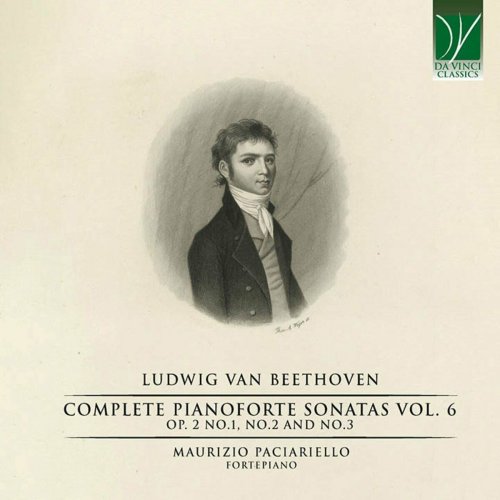


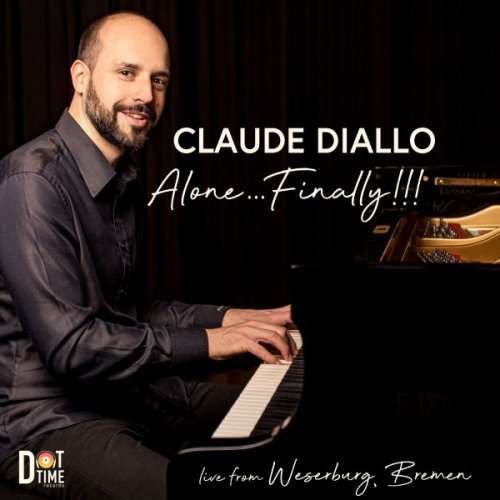
![Erika Dohi - I, Castorpollux (2021) [Hi-Res] Erika Dohi - I, Castorpollux (2021) [Hi-Res]](https://www.dibpic.com/uploads/posts/2026-01/1767510062_a3988539433_10.jpg)
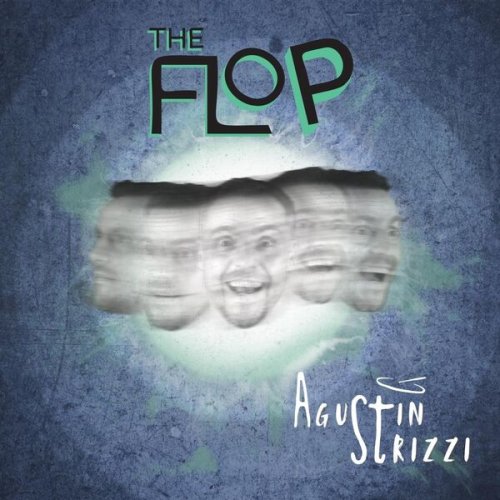
![Grund zur Annahme - Grund Zur Annahme III (2026) [Hi-Res] Grund zur Annahme - Grund Zur Annahme III (2026) [Hi-Res]](https://www.dibpic.com/uploads/posts/2026-01/1767513979_cover.jpg)
